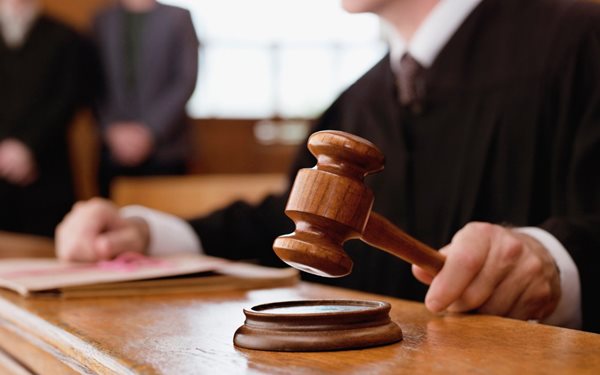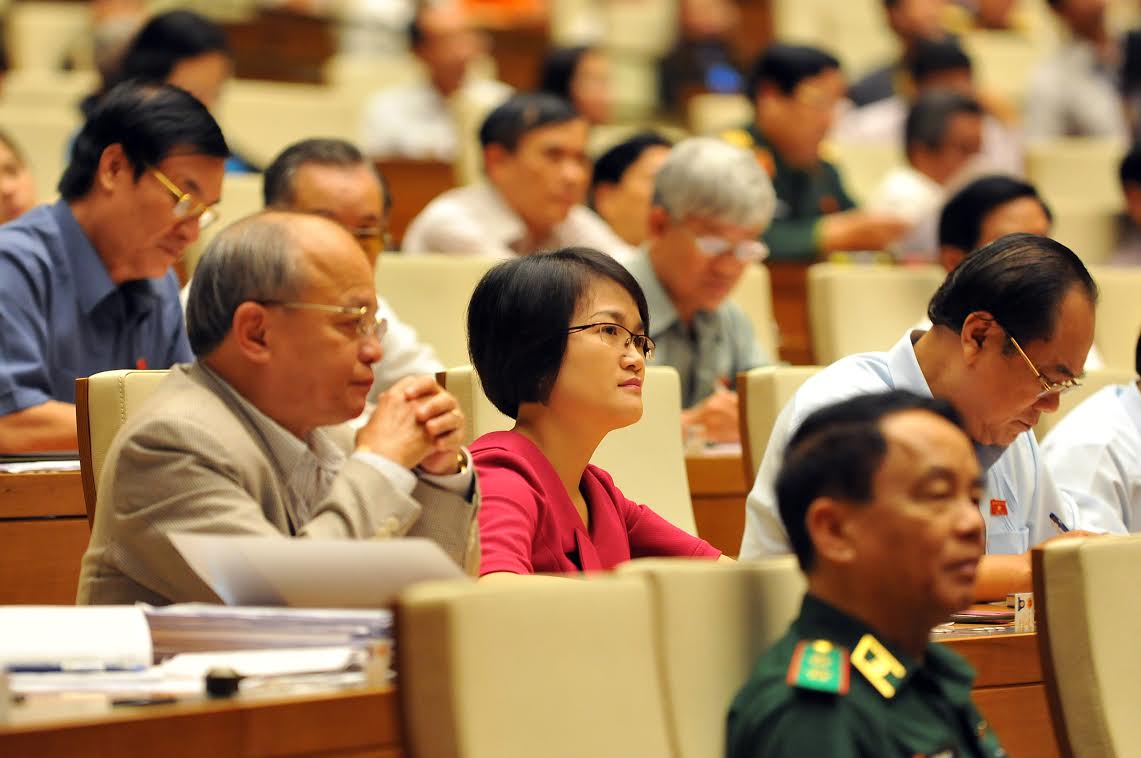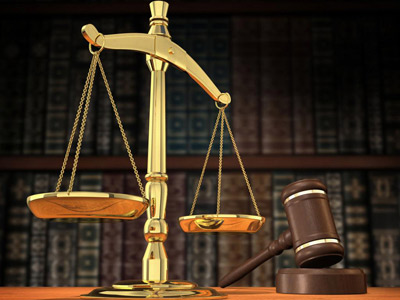Draft Resolution Guiding the Application of Certain Provisions of the Criminal Procedure Code, the Civil Procedure Code, and the Administrative Procedure Law on Cassation and Reopening Procedures is currently open for public comment online and is expected to be issued in 2020.

The People's Supreme Court is about to issue a Resolution guiding procedures for Supervisory Review and Cassation (Illustrative Image)
 Draft Resolution Guiding Procedures for Supervisory Review and Cassation
Draft Resolution Guiding Procedures for Supervisory Review and Cassation
This Draft will guide the application of certain provisions on supervisory review and cassation procedures in Chapters XXV, XXVI of the Criminal Procedure Code, Chapters XX, XXI of the Civil Procedure Code, Chapters XV, XVI of the Administrative Procedure Law. Notably, it will detail the grounds for cassation according to the Criminal Procedure Code regulations. Specifically:
First, the conclusions in the court’s ruling or decision are inconsistent with the objective facts of the case in any of the following circumstances:
- The court’s conclusions are not substantiated by the evidence examined during the trial;
- The adjudicative council failed to consider evidence that fundamentally impacts the ruling or decision conclusions;
Example 1: The exhibit is jointly owned by the offender and another person. The court did not investigate or clarify whether the co-owner was at fault for allowing the offender to use the property in committing the crime but confiscated the entire property for state revenue, thus not ensuring the rights and legal interests of the other co-owner.
- There are contradictory pieces of evidence that are crucial in the ruling, but the court did not clarify these pieces of evidence, knowingly accepted one of the opposing pieces of evidence without presenting reasons for such acceptance and rejection of the other evidence;
Example 2: A commits theft. During the investigation, the prosecuting agency determined that A has two different birth certificates, with one stating A is 19 and the other stating A is 17. The prosecuting agency did not clarify A's actual age but used the birth certificate stating A is 19 for criminal prosecution. This seriously violated A's legal rights and interests, as the exact age for criminal responsibility was not determined (leading to A possibly not being subject to the criminal handling principles for those under 18 as stipulated in Article 91 of the Criminal Code). The court should have returned the case file for additional investigation to ascertain A's accurate age, forming the basis for judicial responsibilities.
- Essential evidence for case resolution is missing, but the court did not request to supplement or clarify and still issued a decision;
Example 3: The victim demanded compensation without fully substantiating the claims for damages (e.g., repair costs for houses, vehicles). The court did not clarify at trial, did not return the case for additional investigation but still mandated the accused to compensate as per the victim's demand.
- The conclusion in the judgment fundamentally contradicts the collected evidence affecting criminal and civil liability resolution.
Second, serious procedural violations in investigation, prosecution, and adjudication lead to severe errors in determining the crime, inappropriate sentencing, restricting or depriving some legal rights and interests of the accused, victims, or involved parties; mismanagement of exhibits, civil liabilities, court fees, or procedural fees in the following cases:
- Orders, decisions from investigation agencies, or entities tasked with investigatory duties that require approval by the Procuracy under the Criminal Procedure Code but lack such approval or are signed without proper authority;
- Failure to appoint, replace, or terminate the defense counsel for the accused as stipulated in Articles 76 and 77 of the Criminal Procedure Code;
- Incorrect identification of the procedural participation of participants during investigation, prosecution, and trial causing severe infringement on their legal rights and interests;
- Prosecution of a criminal case without the demand of the victim or their representative, per Clause 1, Article 155 of the Criminal Procedure Code;
- Criminal prosecution beyond the statute of limitations for prosecution;
- Consolidating or separating cases not in conformity with Articles 170 or 242 of the Criminal Procedure Code;
- Failure to issue, hand over, forward, send, post, or notify procedural documents, including orders, decisions, requests, investigation conclusions, indictments, or judgments to the accused and other procedural participants according to the law, severely affecting the defense rights, legal rights, and interests of the accused and other procedural participants;
- Lack of investigation to establish the accused’s background;
- Criminal prosecution of individuals not of age for criminal responsibility;
- Incomplete determination of crucial personal factors of the accused or convict (age, prior convictions, prior incidents), background of the offending commercial legal entity (name, address, other legal dossier-related matters);
- Absence of interpreters or translators for procedural participants not proficient in Vietnamese, or for the deaf, mute, blind, or when procedural documents are not presented in Vietnamese;
- Failure to refuse or replace procedural conductors or participants in circumstances stipulated in Articles 49, 51, 52, 53, 54, 68, 69, and 70 of the Criminal Procedure Code;
- Conducting investigation or evidence collection against procedural orders and methods specified in the Criminal Procedure Code, thus rendering them invalid in the criminal case;
- Investigation, collection, or receipt of materials related to the case without notification to the Procuracy as per Clause 5, Article 88 of the Criminal Procedure Code;
- Evidence collected during investigation, prosecution, and adjudication processes not included in the case file or being altered, leading to distortions in the case file;
- Investigation or prosecution conducted without legal jurisdiction;
- Evidence suggesting coercion or torture during procedural activities, resulting in false testimonies from the accused;
- Non-conforming trial panel composition;
- Trial conducted outside of jurisdiction;
- Non-adherence to procedural orders and methods during trial;
- Failure to pronounce the part of the trial for appeals; rights to submit clemency petitions for cases where the accused are sentenced to death;
- Appellate court failing to review the appealed parts;
- Complaints and accusations of the accused and other procedural participants are not resolved according to conformable law, seriously affecting their legal rights and interests.
In cases of serious procedural violations as guided from point a to point y of this clause, if the essence of the case remains unchanged and overturning the verdict or decision for retrial cannot remediate the issues, there will be no supervisory review appeal.
Third, serious errors in the application of law, specifically in the selection of criminal and other relevant legal provisions, resulting in judgments that do not match the objective truth of the case, adversely affecting the legal rights and interests of the convicted person or involved parties in the criminal case.
Example 4: During the case resolution process, A sincerely confessed, repented for his actions, and actively cooperated with the prosecuting agency to uncover new offenses, receiving only one mitigating circumstance at point s of Clause 1, Article 51 of the Criminal Code during trial, which is incorrect. In such a case, A should also benefit from the mitigating circumstance at point t of Clause 1, Article 51 of the Criminal Code.
Example 5: A, exploiting his position and authority, deliberately allocated relief goods to non-target recipients, causing a loss of 200,000,000 VND per Clause 1, Article 231 of the Criminal Code concerning intentionally violating regulations on relief fund and goods distribution. When adjudicating, the court applied the aggravating circumstance at point c, Clause 1, Article 52 of the Criminal Code to A inappropriately. In this instance, A should not be subject to the aggravating circumstance at point c, Clause 1, Article 52 of the Criminal Code, as it constitutes the defining element of the crime, not an aggravating circumstance for criminal responsibility.
Court Three
 Article table of contents
Article table of contents









